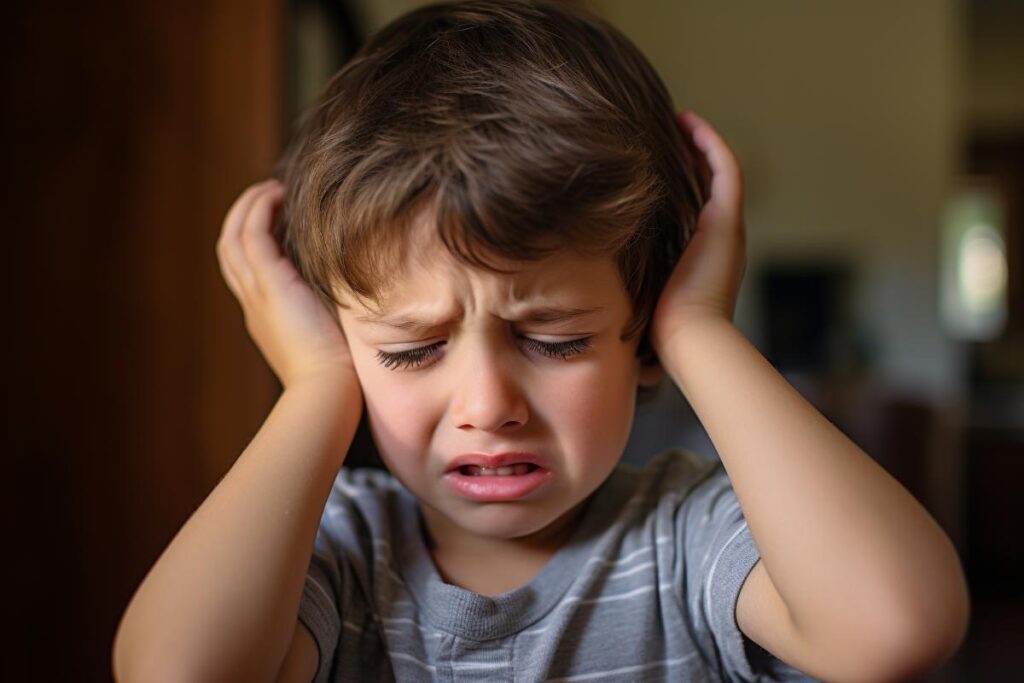If you're among the millions dealing with back pain, you might be surprised to learn that around 80% of sufferers find relief through various treatment options and lifestyle adjustments. Whether it's through physical therapy, chiropractic care, or even alternative methods like acupuncture, many have discovered effective strategies to manage their pain. You may wonder what specific changes could lead to significant improvements in your own situation. Exploring the right combination of treatments and lifestyle modifications could hold the key to your recovery.
Understanding Back Pain
Back pain is a common issue that can affect anyone at any age. It often stems from various causes, including poor posture, muscle strain, injury, or even underlying health conditions. When you experience back pain, it can disrupt your daily activities and diminish your quality of life. Understanding the mechanics behind it can help you manage and potentially prevent future episodes.
Your spine consists of bones, muscles, and tendons, all working together to support your body. When any component of this system is compromised, pain often results. You might feel discomfort in the lower back, which is the most frequently affected area, though pain can also occur in the upper back or neck.
Factors like prolonged sitting, heavy lifting, and lack of physical activity can contribute to back pain. Additionally, stress might lead to muscle tension, further complicating the issue.
Recognizing the symptoms is vital. You may experience sharp, shooting pain, a dull ache, or stiffness that limits your movement. It's essential to pay attention to these signals and not dismiss them. Ignoring back pain can lead to chronic issues that require more intensive intervention down the line.
Understanding back pain is the first step toward relief. By being aware of your body mechanics and lifestyle choices, you can take proactive measures to improve your spinal health and reduce the risk of future pain.
Common Treatment Options
Several effective treatment options exist for alleviating back pain, ranging from conservative at-home remedies to more advanced medical interventions. You can start with simple approaches like rest, ice, and heat therapy. Applying an ice pack can reduce inflammation, while heat can relax tight muscles. Over-the-counter pain relievers, such as ibuprofen or acetaminophen, can also provide quick relief.
If your pain persists, consider physical therapy. A licensed therapist will design a personalized exercise program tailored to your specific needs. This not only strengthens your back muscles but also improves flexibility and posture, helping prevent future issues.
For some, chiropractic care might be beneficial. Chiropractors use hands-on spinal manipulation to align the body's musculoskeletal structure, which may alleviate back pain and improve overall function. It's essential to find a qualified practitioner to guarantee safe and effective treatment.
If conservative options don't yield results, your doctor might suggest more invasive treatments. Corticosteroid injections can help reduce inflammation around the nerves and provide temporary relief. In more severe cases, surgical options may be considered, such as discectomy or spinal fusion, depending on the underlying cause of your pain.
Lastly, don't underestimate the power of alternative therapies like acupuncture or massage. Many people find these approaches helpful in managing their back pain.
Always consult with a healthcare professional before starting any new treatment to confirm it's right for you.
Lifestyle Changes for Relief
While medical treatments can provide significant relief, making certain lifestyle changes can further enhance your recovery and help prevent future back pain.
Start by prioritizing regular physical activity. Engaging in low-impact exercises like walking, swimming, or yoga can strengthen your back muscles, improve flexibility, and support your spine. Aim for at least 30 minutes of activity most days of the week.
Next, pay attention to your posture. Whether you're sitting at a desk or lifting heavy objects, maintaining proper alignment can make a big difference. Use ergonomic furniture, take breaks to stretch, and avoid slouching to reduce strain on your back.
Another vital aspect is your weight. If you're carrying extra pounds, it can place additional stress on your spine. Adopting a balanced diet rich in fruits, vegetables, whole grains, and lean proteins can help you manage your weight and promote overall health.
Don't underestimate the importance of rest and sleep. Make sure you're getting enough restorative sleep each night. A supportive mattress and pillow can make a significant impact on how you feel.
Finally, manage stress effectively; chronic stress can lead to muscle tension and exacerbate pain. Techniques like mindfulness, meditation, or deep-breathing exercises can help you stay relaxed.
Alternative Therapies to Consider
Exploring alternative therapies can open new avenues for managing your back pain. Many individuals find relief through methods beyond traditional medical treatments. One option to evaluate is acupuncture, where thin needles are inserted at specific points to alleviate pain and promote healing. Research shows that acupuncture can effectively reduce back pain, making it worth a try.
Chiropractic care is another popular alternative. Chiropractors use spinal manipulation to align your body's musculoskeletal structure, which can help relieve pressure on nerves and improve mobility. If you're struggling with chronic back pain, a visit to a chiropractor might provide the relief you're looking for.
Massage therapy can also be beneficial. It helps increase blood flow, reduce muscle tension, and promote relaxation. Whether you opt for deep tissue massage or a gentler approach, regular sessions can contribute considerably to your back pain management.
Yoga and Pilates focus on flexibility, strength, and core stability. These practices not only improve posture but also help you develop a better understanding of your body, allowing you to move in ways that reduce strain on your back.
Lastly, herbal supplements and essential oils are gaining popularity. While more research is needed, certain herbs like turmeric and ginger have anti-inflammatory properties that could help ease discomfort.
Always consult your healthcare provider before starting any new supplement.
Success Stories and Testimonials
Many people have found success in managing their back pain through alternative therapies, and their stories can inspire hope.
Take Sarah, for instance. After struggling with chronic pain for years, she decided to try acupuncture. Within just a few sessions, she noticed significant improvements. Sarah now shares her story to encourage others to explore similar options.
Then there's Mark, who turned to yoga as a way to strengthen his back and improve flexibility. Initially skeptical, he found that the gentle stretches and mindful movements not only eased his pain but also brought a sense of calm to his life. His transformation has motivated friends and family to join him in classes, leading to a supportive community focused on wellness.
You might also resonate with David, who faced debilitating pain from a herniated disc. Instead of opting for surgery, he chose chiropractic care. After a series of adjustments and personalized exercises, he regained mobility and returned to his favorite activities, like hiking and playing with his kids.
David often emphasizes how taking control of his health was pivotal in his recovery journey.
These stories highlight the diverse paths people take in finding relief from back pain. Whether it's through acupuncture, yoga, or chiropractic care, it's clear that exploring alternative therapies can lead to significant improvements.
You're not alone in this struggle, and many have paved the way toward a pain-free life.
Conclusion
In summary, finding relief from back pain is possible for you, with about 80% of sufferers experiencing significant improvement. By exploring various treatment options, making lifestyle changes, and considering alternative therapies, you can take control of your recovery journey. Remember, every step you take—whether it's practicing good posture, exercising regularly, or trying acupuncture—brings you closer to a pain-free life. Don't hesitate to seek support and discover what works best for you!



